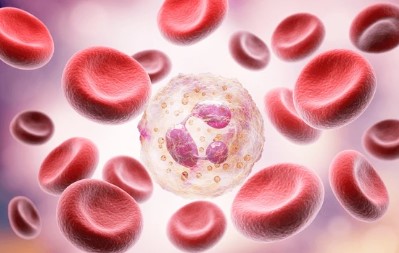
Sun, 2025/07/13
Partial CXCR4 agonists can block the generation of immunosuppressive neutrophils

Sun, 2025/07/13

Sun, 2025/07/13
Advances in CAR-T Cell Therapy Research (I)

Sun, 2025/07/13
Advances in CAR-T Cell Therapy Research (II)
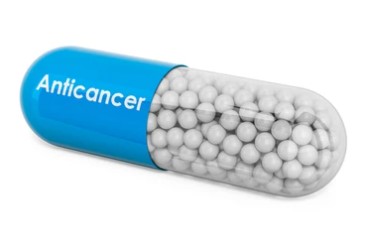
Fri, 2025/06/06
TOP30 Best-Selling Oncology Drugs Worldwide in 2024
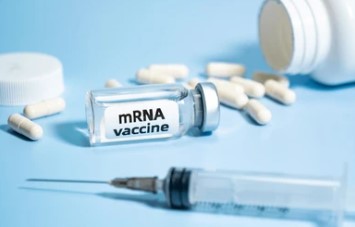
Fri, 2025/06/06
Scientists Uncover the Re-adenylation Role of Key Protein TENT5A in mRNA Vaccines
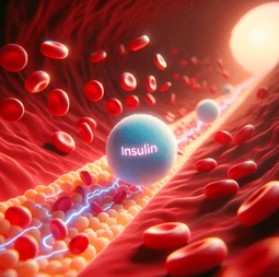
Thu, 2025/06/05
Analytical Methods for Human Insulin and Its Analogues(Part II)
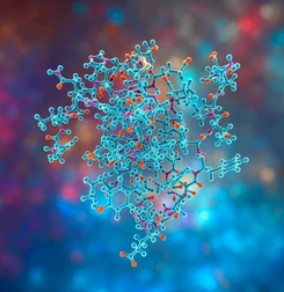
Thu, 2025/06/05
Analytical Methods for Human Insulin and Its Analogues
